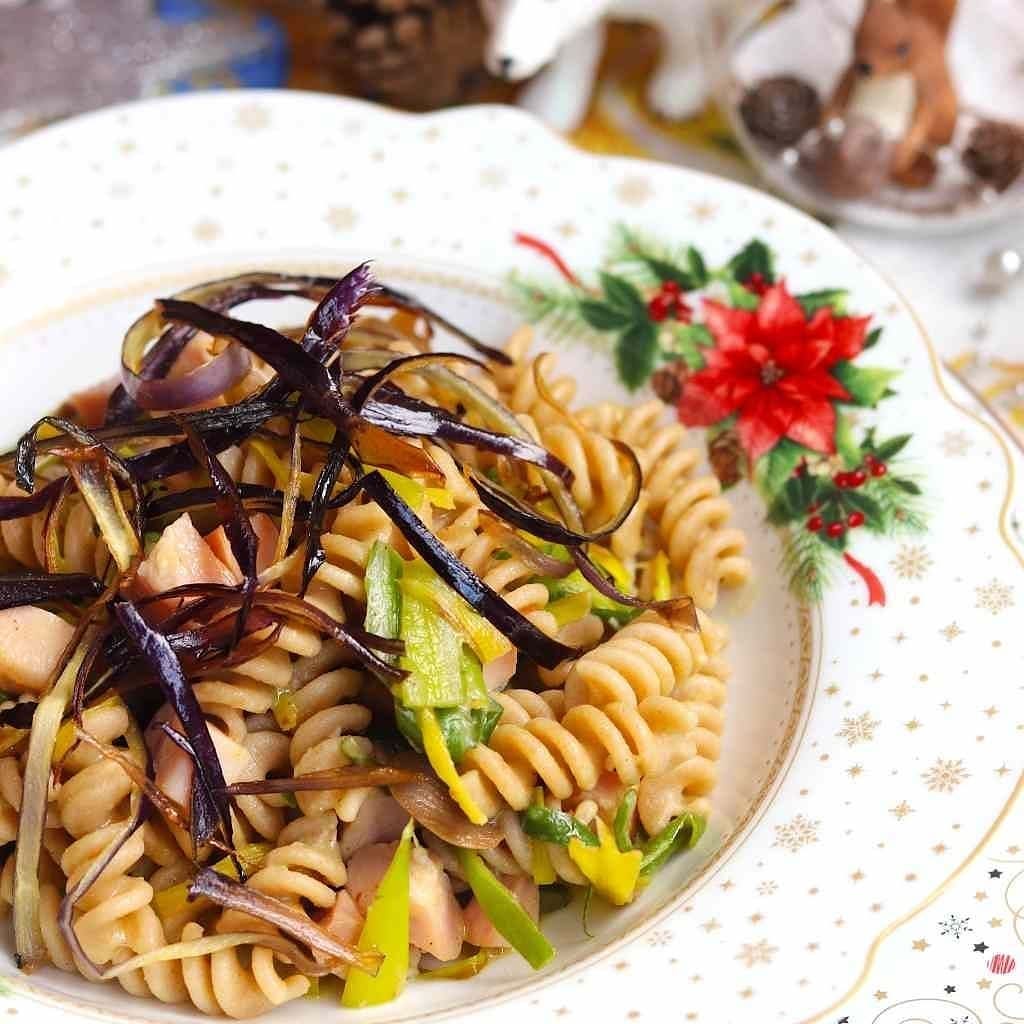
Gluten Free Pasta
Buy Gluten-Free Italian Pasta, Crafted with Care — UK Delivery
In Piemonte, where fields meet the foothills of the Alps, our gluten-free pasta is born from simple ingredients and exacting Italian craft. Bronze-drawn and slow-dried at low temperatures, every shape carries sauce like a dream and keeps that satisfying al dente bite—without additives, ever.
Why Our Gluten-Free Pasta?
-
Authentically Italian: milled, extruded, and dried in Italy.
-
Naturally gluten-free flours: rice, corn, buckwheat, chickpea, lentil, green pea — blended for flavour, nutrition, and texture.
-
Bronze-drawn texture: a gently rough surface that holds ragù, pesto, and sughi as a traditional durum pasta would.
-
Slow-dried for flavour & digestibility: patient drying preserves aroma and bite.
-
No shortcuts: no additives, no artificial colours, no preservatives.
From Grain to Table: Gluten Free Pasta the Italian Way
We start with carefully selected, naturally gluten-free flours. Doughs are mixed slowly to avoid heat, then trafila al bronzo (bronze dies) give each piece its rustic surface. Low-temperature drying takes many hours—an old-world choice that keeps the pasta firm and flavoursome when cooked.
Choose Your Flour Blend for your Gluten Free Pasta
- Rice & Corn (classic): the closest in taste and texture to traditional wheat pasta. Neutral flavour; versatile with any sauce.
- Chickpea or Red Lentil (legume-rich): naturally higher in protein and fibre; delicious with herb-bright sauces, seafood, or roasted vegetables.
- Buckwheat: nutty, alpine character; beautiful with mushrooms, butter, and aged cheese.
- Green Pea: spring-like sweetness; lovely with lemon zest, mint, and fresh ricotta.
Shape & Sauce: Italian Pairings that Sing
- Spaghetti / Tagliatelle: olive-oil based sauces, vongole, pesto Genovese, or simple pomodoro.
- Fusilli / Penne / Mezze Maniche: catch every drop of sugo—think aubergine & tomato, puttanesca, or hearty vegetable ragù.
- Paccheri / Rigatoni: generous tubes for slow-cooked sauces, seafood, or creamy cacio-e-pepe style emulsions.
Buyer’s Guide: Find “Your” Gluten-Free Pasta
- Closest to wheat: choose rice & corn blends.
- Higher protein / fibre: pick chickpea or red lentil.
- Distinctive flavour: try buckwheat or green pea.
- For bakes & hearty sauces: choose tubes (penne, rigatoni, paccheri).
- For quick weeknights: spaghetti or fusilli—fast, forgiving, and versatile.
What is gluten-free pasta made from?
Gluten-free pasta is usually made from rice flour, corn (maize), quinoa, buckwheat, chickpea or lentil flour, or a mix of these.
Many brands use blends of rice and corn to replicate the texture of traditional pasta. Some artisan options add legume or ancient grains for extra protein and fibre.
Does gluten-free pasta taste or cook differently from regular pasta?
Yes — gluten-free pasta often has a slightly firmer or grainier texture and can lose its bite if overcooked. Good-quality options are now close in taste and consistency to durum wheat pasta.
How do I cook gluten-free pasta properly?
- Use plenty of water (at least 1 L per 100 g of pasta).
- Stir occasionally to prevent sticking.
- Follow the lower end of the cooking time and taste test before draining.
- Drain promptly and toss with sauce straight away to stop overcooking.
- Rinse lightly if you’re using it in cold dishes.
Explore spaghetti, penne, fusilli, tagliatelle, and penne in classic and legume-rich blends.
Taste the Italian gluten-free pasta that puts flavour first
Is you gluten free pasta suitable for coeliacs?
Yes—made from naturally gluten-free flours, with strict processes to avoid cross-contamination.
Does your gluten free pasta taste like wheat pasta?
Our rice & corn blends are remarkably close; legume and buckwheat lines bring a delicious, intentional character of their own.
Will your gluten free pasta its bite?
Yes—thanks to bronze drawing and slow drying. Cook to al dente and finish in the sauce.
Are there any additives or gums in your gluten free pasta?
No additives, no artificial colours or preservatives—just carefully balanced flours and traditional technique.
Do you deliver across the UK?
Yes. we deliver across the UK.
Is gluten-free pasta healthy?
It depends on the ingredients.
- Rice and corn pasta: light and easy to digest but lower in fibre.
- Legume pasta (chickpea, peas, red lentils): higher in protein and fibre. Look for short ingredient lists and whole-grain flours for a more nutritious option.
It’s ideal for coeliacs or those with gluten sensitivity, but not necessarily “healthier” for everyone.
Why is gluten-free pasta more expensive?
The raw ingredients (specialty flours) and dedicated gluten-free production lines are costlier. Smaller production runs also raise prices. However, supermarket own-brands and larger Italian producers are making it more affordable.
